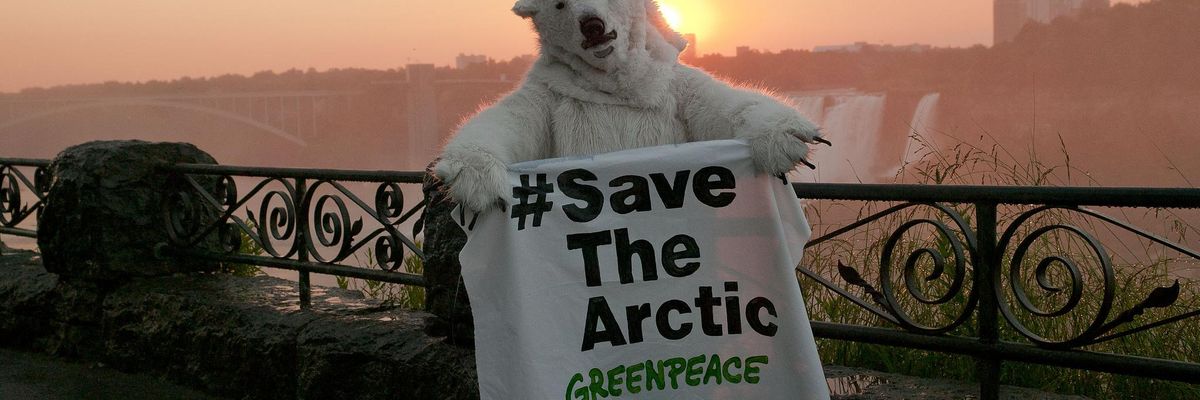The biggest issue in conservation - bigger than any mining project, power plant or climate plan - is diversity. The environmental movement needs to start looking like modern America. To continue our proud American legacy of protecting our environment, we need to adapt.
A recent report released by Green 2.0 highlights the environmental movement's disconcerting lack of diversity. Unconscious bias, inadequate recruitment and poor retention all stand in the way of a more diverse environmental movement. People of color make up 36% of the US population and comprise 29% of the science and engineering workforce, but the report found that only about 12% of staff at the mainstream environmental advocacy groups and foundations that fund them are people of color. A separate report by the National Committee for Responsive Philanthropy found that while environmental funders spent $10bn between 2000 and 2009, just 15% of those dollars benefited poor and under-served communities.
The problem is just as serious at the top levels of environmental organizations. While 22.5% of interns at environmental organizations are people of color, only 12% of leadership positions and 4.6% of board positions are held by people of color. With some notable exceptions - such as Aaron Mair's recent appointment as The Sierra Club's first African-American national president - you see less diversity the further up the organizational chart you go. This failure comes despite the disproportionate impact of environmental hazards on communities of color and the fact that people of color support executive action on climate change more strongly than white Americans.
If environmental advocacy doesn't start representing the country we live in - a country where Asian and Latino families are the fastest growing populations and where California is already majority non-white - everything we've worked for is at risk. Even if general public awareness of environmental issues is higher today than it was 50 or 100 years ago, the momentum we're seeing today could evaporate if we don't include new partners in the coalition.
We'll never get climate legislation if Congress thinks only "environmentalists" - in most minds, a relatively small slice of white liberal America - truly care about the issue. Nor will we get greater protection for endangered species, stronger air quality standards or limits on chemicals other countries already consider dangerous. Without a more diverse environmental movement, I'd question whether we'll see any major policy advances in the coming decade at all.
Since becoming ranking member of the House Natural Resources Committee, I've held a series of roundtables and public events, from Washington to California, to bring together community and national leaders who aren't normally included in the environmental conversation, including women, Latinos and local residents impacted by major decisions. They frequently expressed concern - and confusion - that their voices were being ignored by people claiming to speak for the environmental movement.
At one of the public events we organized in Los Angeles, Andrew Yip, the Program Coordinator for an organization that promotes cycling in the San Gabriel Valley, made an excellent point: "Do we expect a new generation of environmental stewards to reflect this diversity? Do we expect all fourth graders to grow up wanting to be conservationists? These expectations will fall short if we do not engage communities of color, especially youth of color, now. Our conservation movements and environmental organizations must tackle the issue of environmental justice head-on. They need to reflect the diversity that is embedded in Los Angeles, and the inequalities and inequities that still exist today."
This outreach effort is about building a sustainable environmental movement for the long haul. If lawmakers think you're only speaking for a small, unrepresentative minority, they won't let you shape policy. Both major political parties understand that they can't survive without the support of communities of color. For some reason, not enough of the environmental world has gotten the message.

